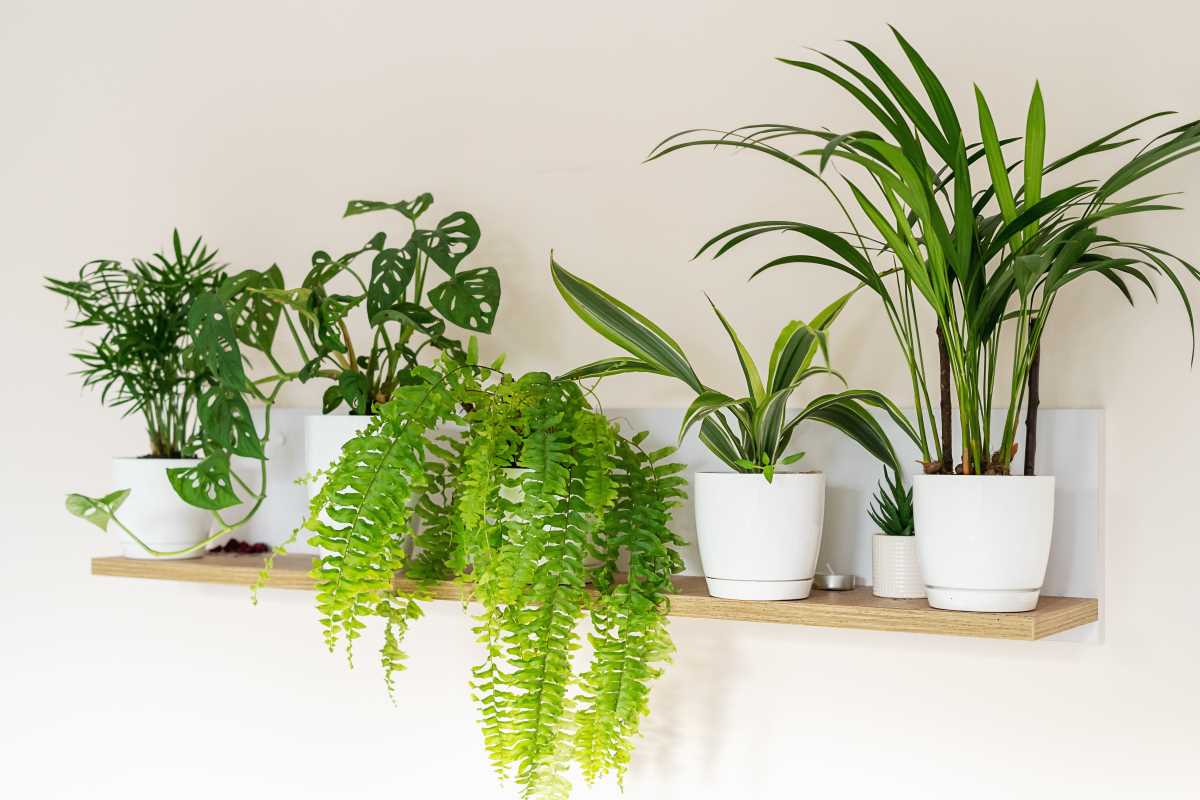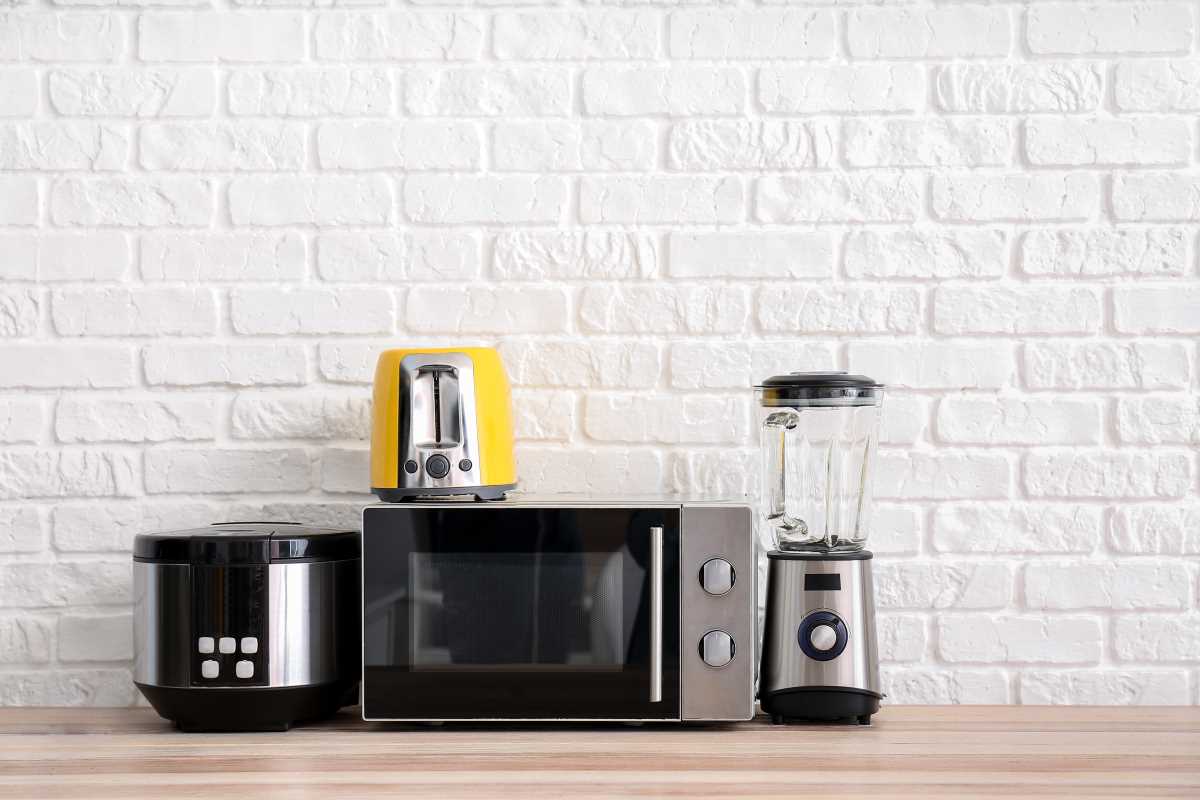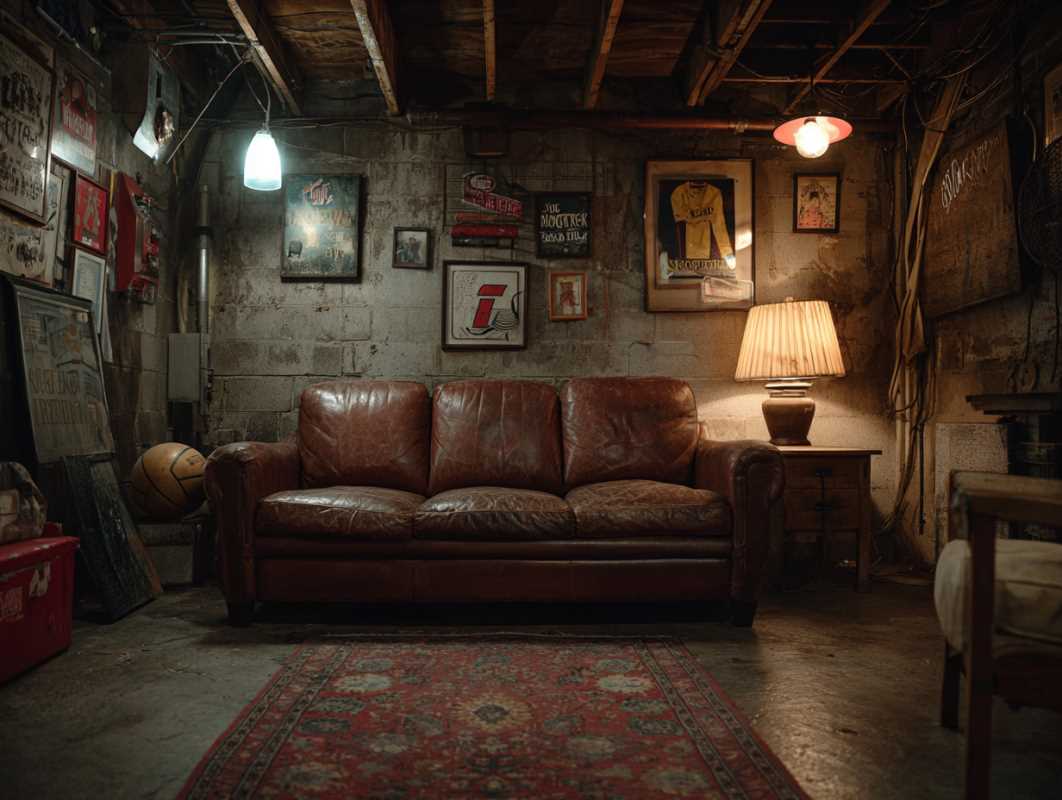Adding shelves to your home brings both charm and practical storage space, but installing them properly makes all the difference. Before you get started, knowing how to hang shelves on various wall surfaces helps you prevent damage and keeps your items secure. This guide shows you step-by-step how to mount shelves safely, whether your walls are drywall, plaster, or brick. You’ll discover straightforward instructions and useful hints that make the process easy to follow, so you can complete your project with confidence. With these tips, you’ll enjoy sturdy, attractive shelves that enhance any room in your home.
Whether you are updating your living room, setting up a new workspace, or creating extra storage in your kitchen, knowing your wall’s characteristics and preparing with the right tools will save you time and frustration. Each step is outlined with care, using simple language and examples so you can feel confident even if this is your first time doing a home project.
How to Identify and Work With Different Wall Types
Before you start, it’s important to know what type of wall you have. Your choice of fasteners and installation techniques depends on whether you work with drywall, plaster, brick, or concrete. Misidentifying your wall can lead to insecure installations or cause damage to the wall itself.
Below are some common wall types along with simple ways to identify them:
- Drywall – Typically found in modern homes; these walls have a smooth surface and are made of gypsum plaster pressed between sheets of heavy paper.
- Plaster – Older homes often feature plaster walls, which have a more textured surface and may show slight cracks or uneven areas over time.
- Brick – Exposed bricks or walls faced with brick require specialized anchors or screws that can handle the hardness of the material.
- Concrete – Common in basements or commercial spaces; these walls are very hard and need masonry screws or anchors for installation.
Identifying your wall type is crucial for selecting the right fasteners. For instance, drywall anchors are not meant for heavy loads in drywall, while brick or concrete installations demand specific tools due to their density.
Once you know what type of wall you have, gather your tools and materials, considering the differences in installation methods that each wall demands.
Gathering the Right Tools and Materials
Having the right tools and materials on hand makes your project easier and helps you avoid common pitfalls. Check that everything works before you begin. Preparing your kit in advance gives you peace of mind and efficiency during the process.
- A drill with appropriate drill bits suited for your wall type.
- A level to ensure your shelves hang straight.
- Screwdriver or impact driver for securing fasteners.
- A tape measure for accurate placement and spacing.
- Pencil or chalk for marking drill points.
- Wall anchors or screws designed for drywall, plaster, brick, or concrete.
- Protective eyewear to keep you safe from debris while drilling.
Each of these items serves a specific purpose. For example, using a level helps you avoid crooked shelves that might not only look off but also lead to uneven weight distribution. Similarly, choosing the right drill bit ensures that you create holes that are perfectly sized for the anchors you plan to use.
With your tools sorted, move on to the installation itself, where careful planning and following each step can help you achieve a secure result for your shelving project.
Step-by-Step Guide to Hanging Shelves
Decide where you want your shelves. Think about the items you plan to place on them and ensure the chosen spot can support the weight. For heavy objects or long shelves, plan for extra support, such as installing brackets at multiple points.
Start by marking the exact locations on your wall. Use a pencil or chalk to mark where the supports will go. Measure at least twice to confirm your marks are level and evenly spaced. To hang shelves, drill pilot holes at the marked points. If you have drywall, use the appropriate anchors to keep the screws in place and ensure they hold firm under load.
For plaster walls, gently tap a masonry bit into the surface to create a small guide hole, then use a screw designed for heavier materials. Brick walls need you to find a spot in the brick rather than the grouted mortar, as it provides a more secure hold. Concrete presents similar challenges; pre-drill holes with a masonry bit and insert special concrete anchors before securing the screws.
Once all the anchors are in place, attach the mounting brackets. Position them exactly where you drilled the holes, then tighten the screws snugly. Make sure the brackets are perfectly aligned; a level can help prevent misalignment. After securing the brackets, position your shelf atop them and fasten it according to the shelf manufacturer’s instructions.
Follow these detailed methods for each wall type to ensure a consistent, solid installation. Patience and attention to each step will result in a dependable outcome that adds beauty and usefulness to your space.
Common Mistakes and How to Avoid Them
It's easy to overlook details when starting a new project, so here are some common mistakes and how you can prevent them:
- Always identify your wall’s material correctly. This prevents you from using the wrong fasteners, which can lead to a failed and unsafe installation.
- Don’t over-tighten screws. Over-tightening can damage the wall or the anchor. Tighten screws evenly and just enough to secure the mount.
- Use a level every time. Misaligned brackets affect both the look and strength of your shelf. Take the time to level everything before drilling.
- Test the shelves with light items first. Ensure the shelf and anchoring system can handle the weight you intend to put on them. This confirms stability before adding heavier objects.
By paying attention to these points, you save effort and enjoy lasting results. Carefully following each step helps you avoid common errors and builds a strong foundation for your home projects.
Preparation and detailed work are key to a safe installation. Maintaining this approach builds your confidence for future home improvement tasks.
Safety Tips for a Secure Installation
Prioritize safety during home improvement by clearing your workspace, wearing protective gear, and using a sturdy, stable ladder. Ensure good lighting, stay focused, and ask a partner for help when needed. Handle special materials with care—wear a dust mask for masonry work and check for electrical wires before drilling.
Careful planning and attention to your wall type ensure your project looks great and lasts. Use these tips to mount your shelves securely and create an attractive, safe display.
 (Image via
(Image via





